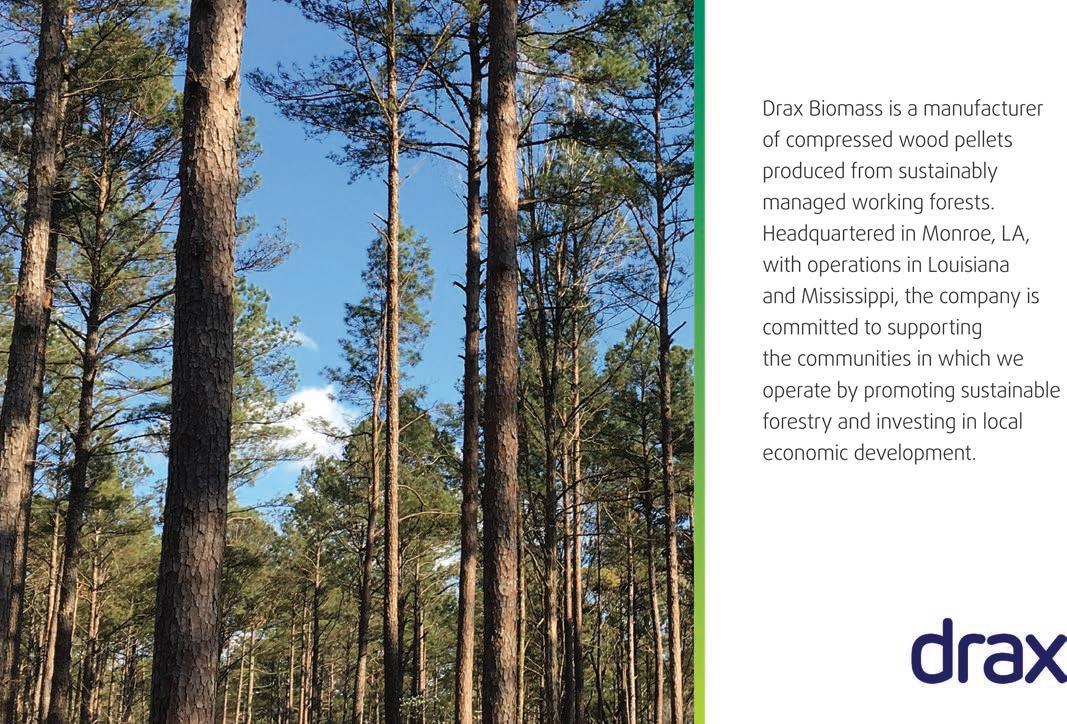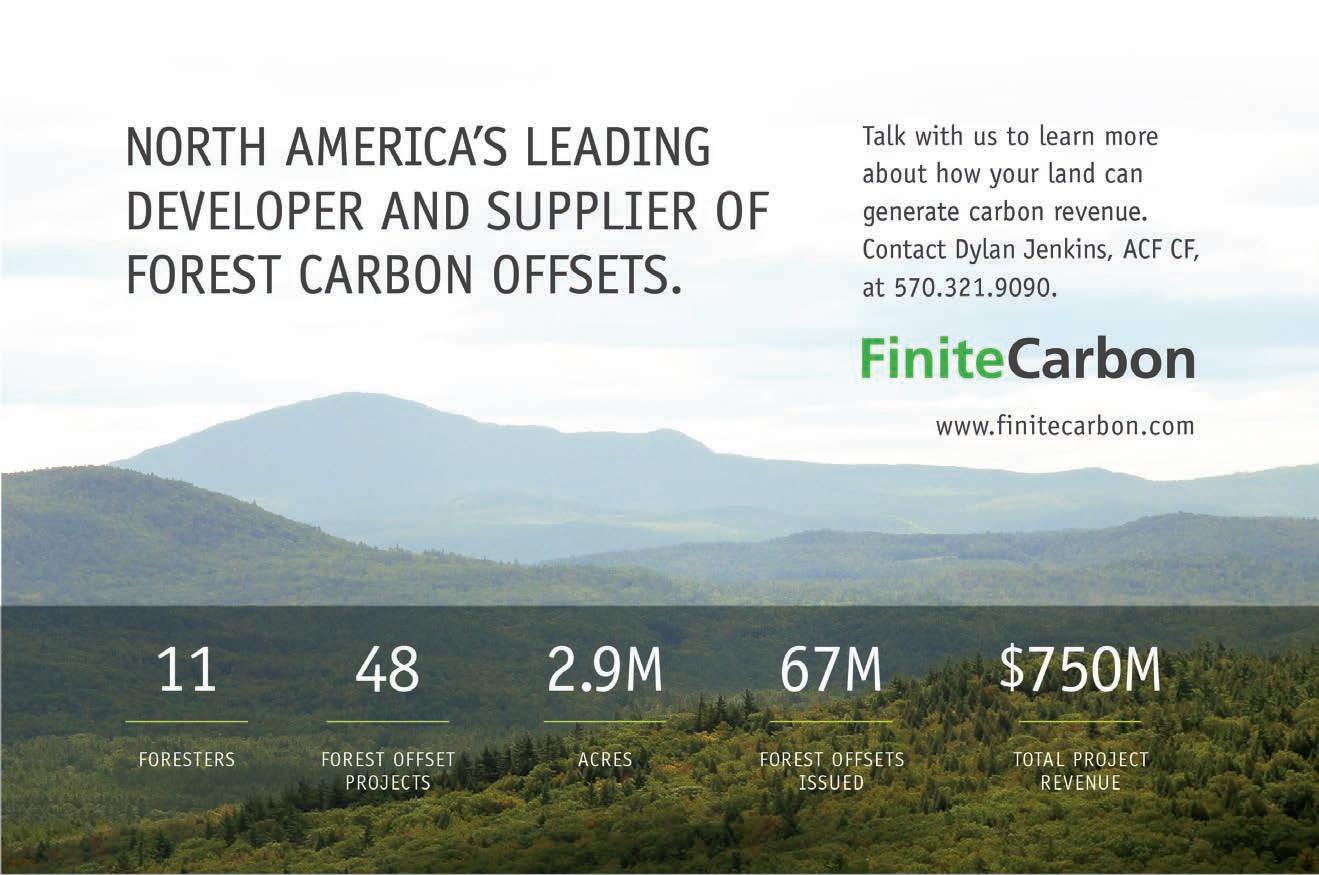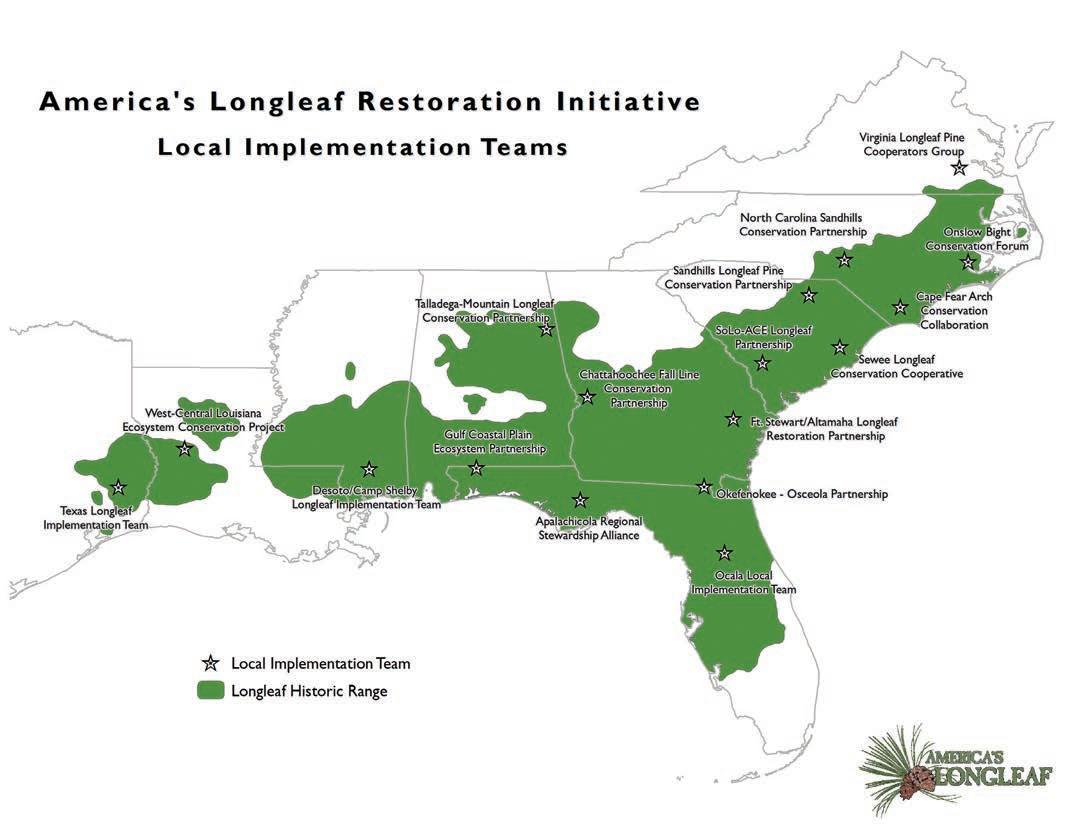
5 minute read
ARTS & LITERATURE
ARTS & LITERATURE LONGLEAF Art SPOTLIGHT
By Doug Hill
Advertisement
Ellsworth Woodward
First Light in the Pines, 1913 Oil on canvas.
Roger Houston Ogden Collection, Ogden Museum of Southern Art, New Orleans, Louisiana.
It was not uncommon during the late 1800s and early 1900s for well-to-do residents of New Orleans to cross Lake Pontchartrain by steamer to the St. Tammany Parish resort towns of Mandeville, Covington, and Abita Springs. They would come in the summer to breathe the “healthy” ozone air believed to be generated by the abundant pine forests (longgleaf savannas) and to drink the clean well water. Ellsworth Woodward seems to have done this as well, though he probably had the additional motive of overseeing the quality of his red clay supply, which was dug there for his pottery.
I was born in New Orleans and lived most of my life in St. Tammany Parish, but I only recently learned of Woodward during a visit to the Ogden Museum of Southern Art. My eyes were immediately drawn to a painting of what was obviously a pine savanna –Woodward’s First Light in the Pines. I was struck not only by its beauty, but also its vision of the longleaf savanna before it was cut over and when frequent fires still moved across the landscape.
I have since found more of his works, discovering that the pine savannas of St. Tammany were a favorite subject of his. In addition to this featured painting, two other favorites are Winter in Southern Louisiana and Pines. Many of his other paintings have titles such as Abita Springs, St. Tammany Pines and Cabin, Abita Pines, and Backyard in Covington, confirming to me that the locale for his inspiration was the same landscape I am working to restore today. ABOUT THE ARTIST
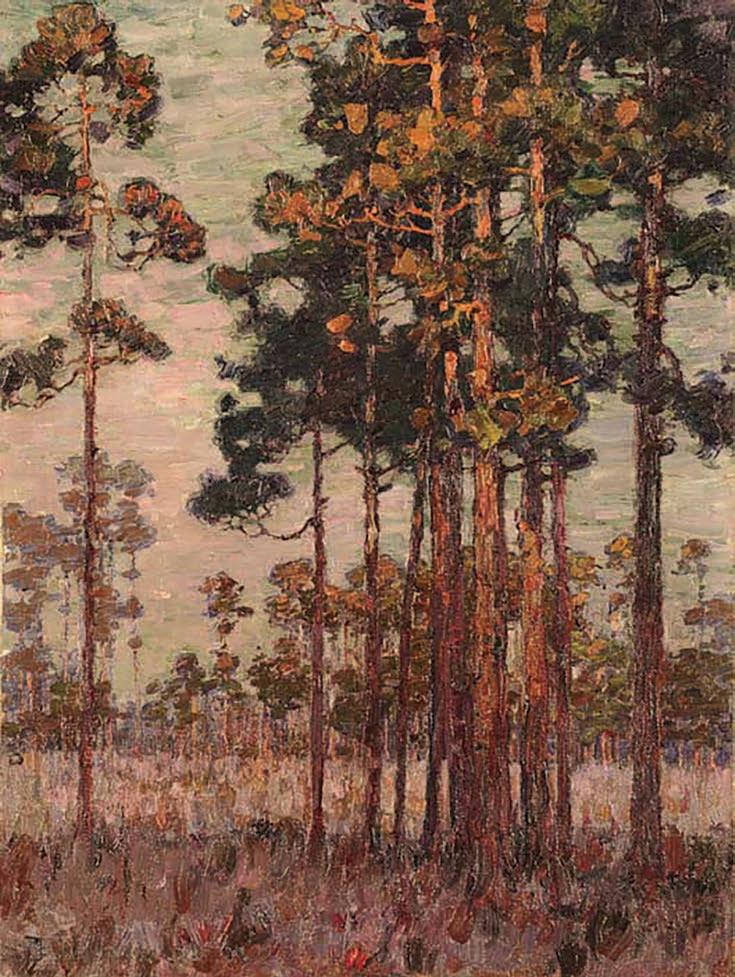
Ellsworth Woodward (1861-1939) was born in Seekonk, Massachusetts, the younger of two artistic brothers. After studying art in Rhode Island and Munich, Germany, he followed his brother to New Orleans to join the faculty of Tulane University, where he taught from 1885 to 1931. He is most well-known for his promotion of the Arts and Crafts movement and the development of the pottery program at Newcomb College. However, he was an accomplished impressionist painter as well.
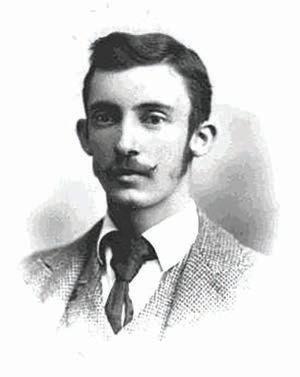
LONGLEAFLITERATURE
The forests, forest lands, and forest products of eastern North Carolina
Author: William Willard Ashe | Series: North Carolina Geological Survey, Bulletin No. 5 published 1894 reviewed by Ad Platt, The Longleaf Alliance
Why should we look back at such a dusty text at this perpetuating the wealth of forest resources and in developing point? What can we possibly learn from the challenges they the forest industry. faced over 125 years ago? William Willard Ashe (1872-1932) was a lifelong student
Perhaps you’ve appreciated the updated Alliance website, and prolific writer of the natural world. Educated at the relaunched in February. Part of that updating included University of North Carolina and Cornell University, he reviewing the pertinent research on became an immediate leader in the longleaf, new or old, to decide what to emerging field of forestry. W. W. Ashe maintain in our searchable database, wrote Bulletin No. 5 at age 22, after two what to archive, and what is no longer years of field surveys as a young botanist relevant. Having participated in that and forester for the North Carolina exercise, I’m reminded anew of our Geological Survey. This was but one of elders’ wisdom and experience and the some 167 titles he authored in fields consequences of losing or not learning ranging from management to economics, from foundational expertise. research to legislation, botany and
There is also the pleasure of time dendrology, and soil erosion. His traveling through reading compelling writings were even among the first to accounts, written on the verge of advocate for land acquisition for public impending catastrophes in the past, that forests and parks. Ashe also published we somehow escaped. A reminder 510 botanical names across 35 genera perhaps that the problems we face today during his career; over a dozen species are maybe not so big by comparison, though sadly, they are still too often William Willard Ashe bear his or his wife, Margaret’s name today. self-inflicted. Joining the new U.S. Forest Service And how can you not be drawn in by section headings like “The Waste Lands “The past is never dead. (1905), Ashe rose quickly through the ranks, beginning as “forest expert” and of Eastern North Carolina,” “The It’s not even past.” advancing to the chief of land acquisition Ultimate Utility of these Waste Lands,” “How Long Can Our Turpentine – William Faulkner for the east and south. In addition to his administrative duties, he was a highlyOrchards Last?” or “Recent Timber skilled forest appraiser and contributed Developments and the Outlook”? Much of Ashe’s bulletin to the improved efficiency and operations in logging, was devoted to stopping the profligate wasting of these lumbering, and the turpentine industry. We particularly forests by promiscuous burning and unregulated grazing, honor him for working out the method of commercial which it helped to accomplish. It also was instrumental in growing of longleaf pine.
{You will find this text in the public domain, along with an extensive collection of works by W. W.Ashe. Search the "Internet Archive," a digital library and 501(c)(3) non-profit at archive.org, using the advanced search to filter by "creator" "Ashe, W. W." for his other noteworthy texts on species like the chestnut in Tennessee, written before the chestnut blight's arrival, and landmarks such as North Carolina's Linville Gorge. Painstakingly researched, these pioneering manuscripts were in many instances foundational to further our understanding of these ecosystems. {

